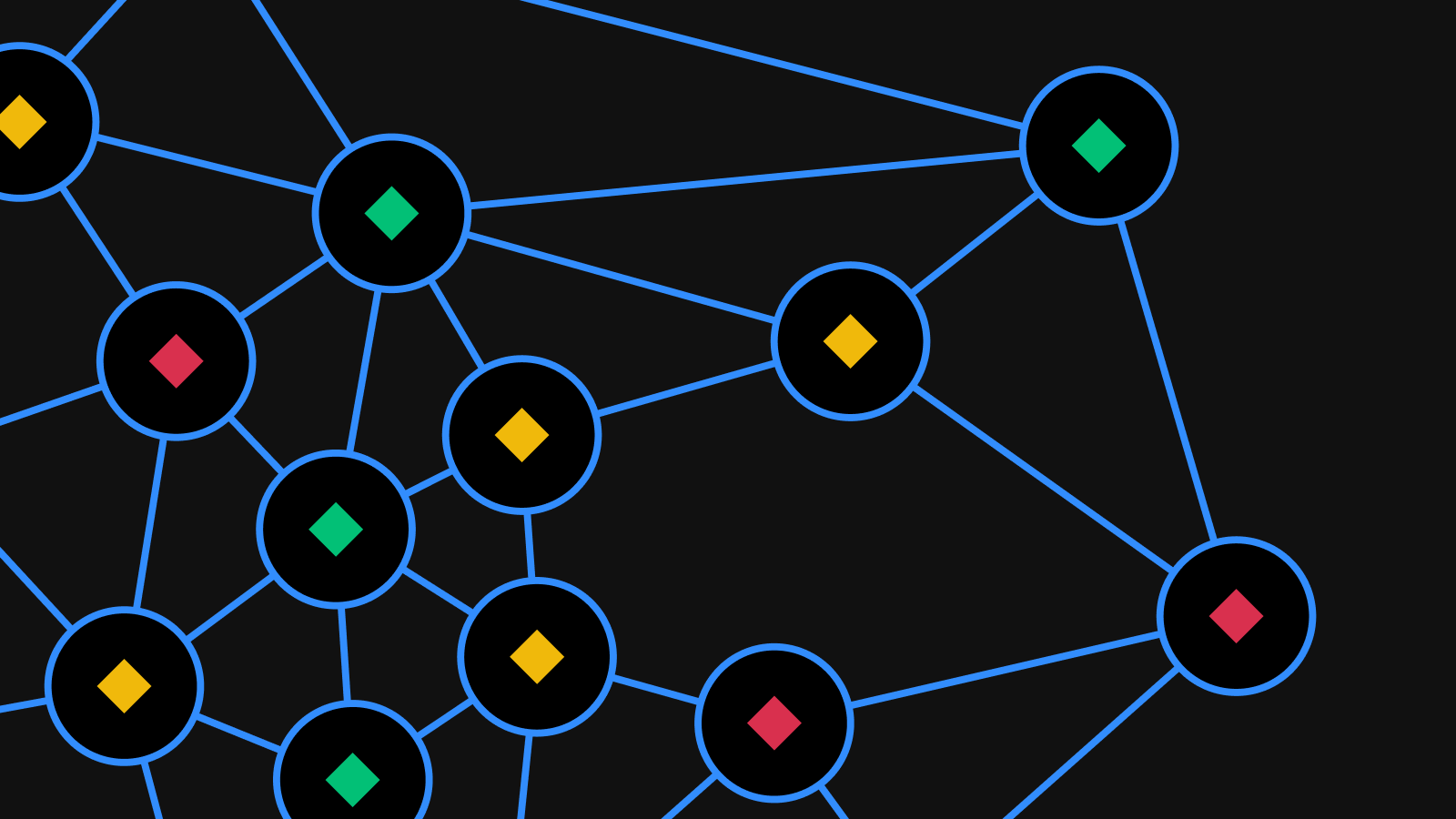
INTRODUCTION
Blockchains have been transforming our financial system and other features of blockchains such as trustlessness and immutability are not only applicable in monetary applications. Another great transformation caused by blockchain can be found in governance. Blockchains could enable entirely new types of organizations that can run autonomously without the need for coordination by a central entity.
This article will give you an introduction to what these organizations might look like.
WHAT IS DAO AND HOW DOES IT WORK?
DAO stands for Decentralized Autonomous Organization. A DAO is an organization that is governed by computer code and programs. This means that DAO has the ability to function autonomously, without the need for a central authority.
Smart contracts are quite usefull in order to make a DAO work with external information and execute commands based on them – all this happens without any human intervention.
In most cases DAOs are usually operated by a community of stakeholders incentivized through some kind of token mechanism.
Every governing rule and transaction records about DAOs are stored transparently on the blockchain. Rules are generally decided on by the stakeholders’ votes. Typically, the way decisions are made within a DAO is through proposals. If a proposal is voted on by a majority of stakeholders (or fulfills some other rule set in the network consensus rules), it is then implemented.
DAOs has members who are not tied by any formal contract. The members are rather bound together by a common goal and network incentives tied to the consensus rules. The DAO's consensus rules are completely transparent and written in the open-source software that governs the organization. Since DAOs operate without borders, they might be subject to different legal jurisdictions.
DAOs are decentralized because no one entity has the authority to make and enforce decisions. DAOs are also autonomous because it can function on its own.
Once a DAO is deployed, it cannot be controlled by a single party but is instead governed by a community of participants. If the governance rules defined in the protocol are designed well, they should steer actors towards the most beneficial outcome for the network.
DAOs helps to provide an operating system for open collaboration. The operating system of DAOs allows individuals and institutions to collaborate without having to know or trust each other. Multisig is a great feature of DAOs that makes the system, more meaning, trusted and decentralized.
THE ISSUES THAT DAOs ARE FACING
1. Legal issues
The regulatory environment surrounding DAOs is completely uncertain. How different jurisdictions will create the regulatory framework around these new types of organizations remains to be seen. However, a continually uncertain regulatory landscape could be a significant barrier to the adoption of DAOs.
2. Coordinated attacks or 51% attacks
The desirable properties of DAOs (decentralization, immutability, trustlessness) inherently carry significant performance and security drawbacks. While some of the potential organizations that can spring up as DAOs are undoubtedly exciting, they introduce a lot of risk that isn’t present in traditional organizations.
3. Points of centralization
It’s arguable that decentralization isn’t a state, but rather a range, in which each level is suitable for a different type of use case. In some cases, full autonomy or decentralization might not even be possible or make sense.
DAOs may allow for a wider range of participants to collaborate than ever before, but the governance rules set in the protocol will always be a point of centralization. The argument can be made that centralized organizations can operate at a much higher efficiency – but abandon the benefits of open participation.
CONCLUSION
DAOs allow organizations to break free from relying on traditional institutions. disrupting central entities which coordinates participants, governance rules on DAOs are automated and steer actors towards the most beneficial outcome for the network.
The Bitcoin network may well be considered a simplistic DAO, and for now, other implementations are scarce. The key to designing good DAOs is putting down an efficient set of consensus rules that resolve complex participant coordination problems. The real challenge facing the implementation of DAOs might not be purely technological, but rather social.
What a great breakdown for a DAO, I think it still feels like an abstract issue because theirs not many practical examples of the use just yet
@chekoher, yeah you are right. It feels like an abstract issue but we've seen clear implementation on ethereum and EOSIO
System is not really matured yet.
Congratulations @kryptokayden!
You raised your level and are now a Minnow!
Support the HiveBuzz project. Vote for our proposal!
Your level lowered and you are now a Red Fish!
Do not miss the last post from @hivebuzz:
Support the HiveBuzz project. Vote for our proposal!
AQUI MI VISITA AMIGO, TAL VEZ AHORA ESTARE MAS SEGUIDO VISITANDOLO, SALUDOS DESDE VENEZUELA